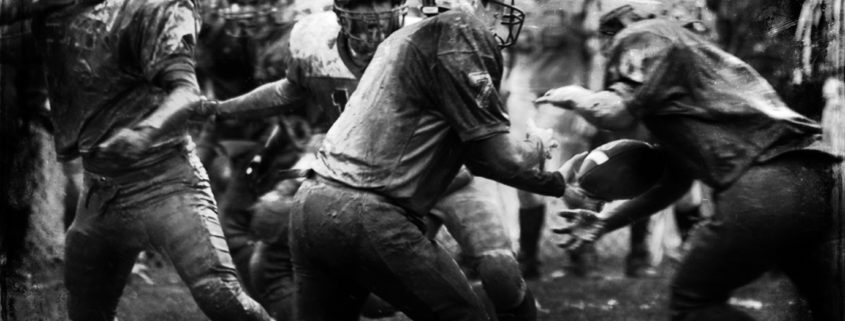From sports to B2B communication, with love
Sports and B2B communication could not be more different. In many ways, sports is the envy of any B2B communication professional. Involved fans who love your brand and who welcome any information you put out there. And they happily spend money on your merchandise. What is not to love? Maybe the more pertinent question is: what is there to learn?
In October, I traveled to Kona, Hawaii for the World Championship Ironman. I have been involved in sports communication for more than 10 years, but Kona remains extraordinary. The race, the atmosphere, the number of athletes, the heat, the sheer suffering … it never gets old. In the 40 days leading up the 40th Ironman Hawaii, we had counted down on social media to Tine Deckers’ Ironman Hawaii. Once on the Big Island, we ramped up the online effort with daily Instagram stories with behind the scenes sneak peeks, a Facebook live, a photo shoot and live race updates. The result was an exponential increase in likes and comments, and in social media followers. But also: “Thank you for letting us be part of your journey.”
It’s the kind of gratitude you never ever get in B2B communication. Which made me think, what are the lessons of sports communication that carry over to B2B? I can think of three: involvement, emotions and storytelling.
Involvement
Sports fans care. In short, that is why can never get enough information about “their” brands. They go out looking for it, subscribing, following and commenting along the way. Most B2B communication gets ignored or deleted. So the question becomes: do you matter to your stakeholders?
This is where relevance comes in. Rather than talking about yourself, demonstrate your usefulness to your audience. Still, it is a minimum requirement. Providing specific value at a specific time will only get you noticed. But how do you get people to care about you? Social corporate responsibility can play a key role. People will root for the good guy.
Emotions
Sports is all about the big emotions. The ecstasy of winning, the sadness of defeat or injuries. It’s the highs and lows that keep people invested. Of course, the B2B environment tends to be a rational one. But that doesn’t mean your communication has to be. Science tells us that people make their decisions based on emotions, rather than reason. What are the subjective reasons customers (don’t) like your brand? Status? A personal connection with your sales rep? Fear? Find the emotions behind the seemingly reasoned decisions and use them to drive your communication.
Storytelling
Sports are full of compelling stories. That crazy match, the athlete with the captivating journey, the epic tale of that winning streak, … stories make sports memorable. Why not use storytelling techniques in B2B communication? The stories, about people, products, trends are right in front of you. You just have stop thinking in terms of features and benefits for a second to see them. Or how about not focusing on your story per se, but on how you fit in that of your customers?
True, B2B communication will never have the passion and involvement of sports. But it doesn’t have to. Just use the lessons of sports to make your B2B communication more relatable and significant for your stakeholders.




Leave a Reply
Want to join the discussion?Feel free to contribute!